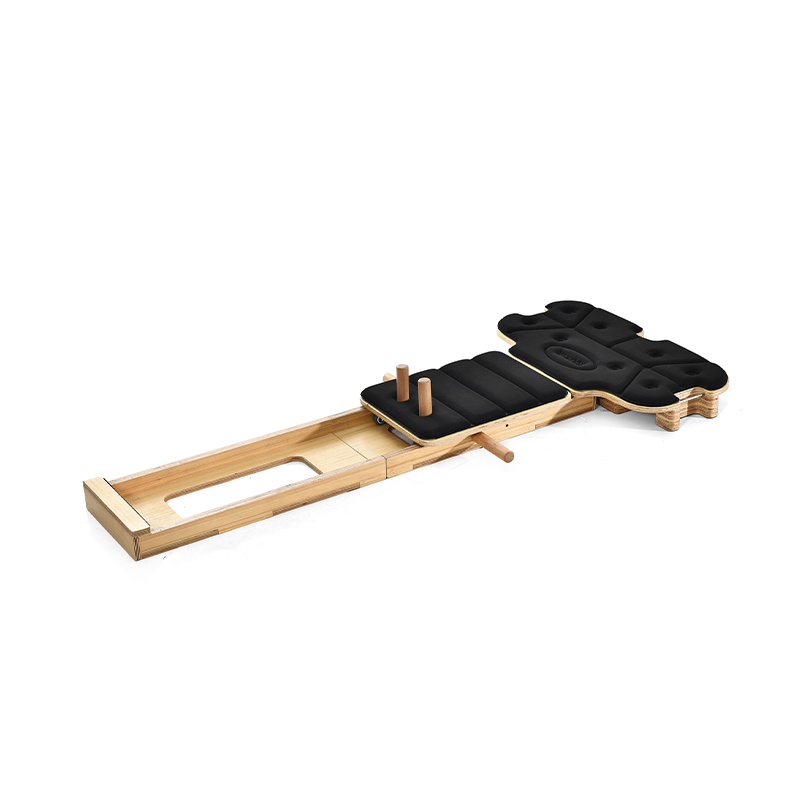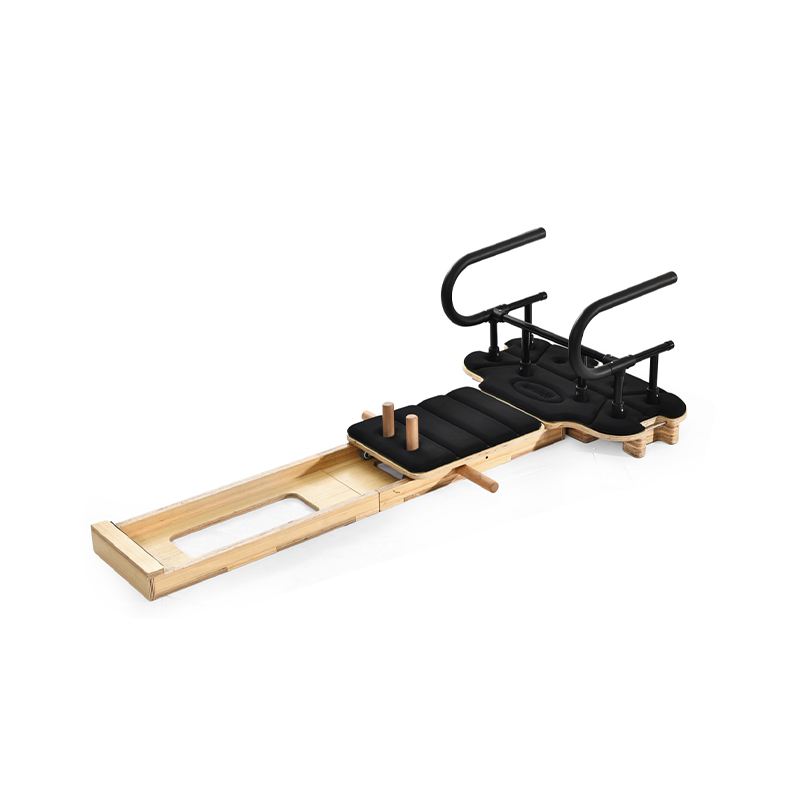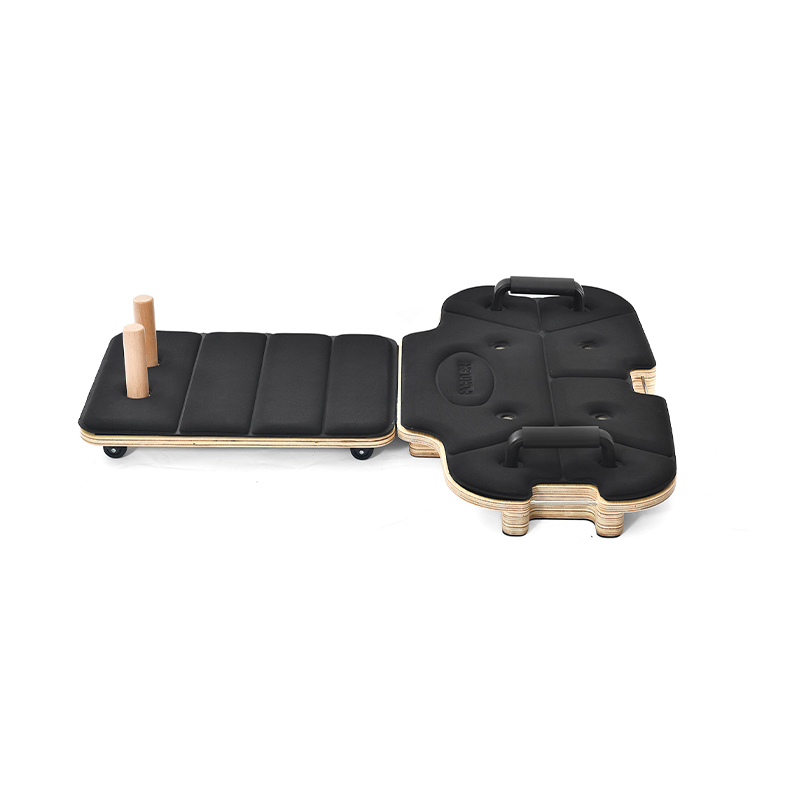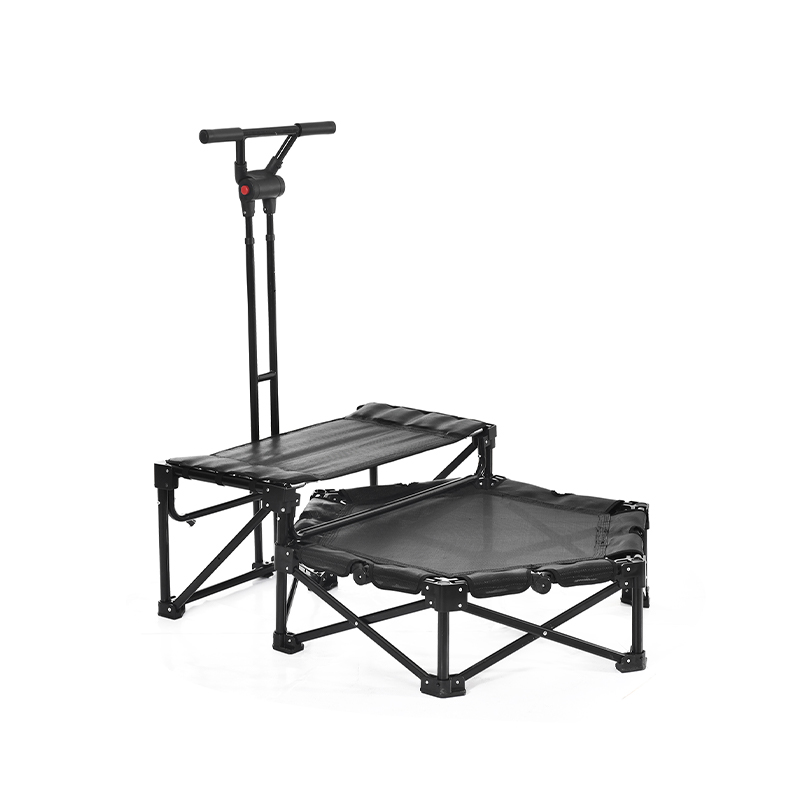The Pilates equipment market is experiencing steady global growth, driven by increasing awareness of health, posture, and body conditioning. Pilates, once regarded as a niche exercise method, has gained broader appeal across age groups and fitness levels. As individuals seek low-impact, core-focused workouts, interest in structured Pilates routines continues to grow, especially in the Asian and European regions.
One of the central drivers of this market expansion is the rising popularity of Reformer Gym Equipment. Pilates reformers are versatile machines used to perform a wide range of exercises that emphasize control, alignment, and resistance. The demand for reformers in both home and studio settings has increased, as more users look for guided, full-body workouts that are less stressful on joints while still offering strength and flexibility benefits.
In professional gyms and Pilates studios, reformer equipment is frequently integrated into group classes and one-on-one sessions. However, the market is no longer limited to commercial environments. A growing number of home users are seeking reformer machines that fit their space and budget, pilot to the rise of Compact Pilates Machines.
Compact reformers are designed to offer similar functionality to traditional machines but in a space-saving format. These models typically have a narrower footprint, simplified frame construction, and transport wheels for easy movement. They are suitable for users living in apartments or smaller homes, enabling regular Pilates practice without dedicating a large room for equipment. This shift has helped Pilates become more accessible to people who may not attend studios or prefer the convenience of exercising at home.
Another product category contributing to market growth is the Foldable Pro Pilates Reformer. Foldable models appeal to both casual users and frequent practitioners who need flexibility in equipment storage. These reformers can be folded and stored vertically or horizontally when not in use, making them a practical solution for shared or multi-use spaces. Despite their portability, many foldable reformers are built with adjustable resistance levels, padded surfaces, and secure foot bars to support diverse exercises.
The expanding appeal of Pilates also reflects a broader shift toward wellness-based fitness. Unlike high-impact training methods, Pilates emphasizes mindful movement, breathing, and body awareness. As a result, Pilates equipment is being used not only for fitness but also for rehabilitation, posture correction, and stress relief. This broad functionality has helped Pilates tools gain a foothold in physiotherapy clinics, senior centers, and wellness retreats.
Regional demand continues to grow in Asia and Europe. In Asia, rising urbanization and an increased focus on health-conscious lifestyles are driving interest in home-friendly Pilates solutions. Meanwhile, in Europe, where wellness practices such as yoga and Pilates have been part of health culture for years, users are investing in advanced or multifunctional equipment for personal use.
In conclusion, the global Pilates equipment market is expanding due to a blend of lifestyle changes, functional fitness preferences, and the growing popularity of home-based workouts. Products like reformer gym equipment, compact Pilates machines, and foldable pro reformers cater to a range of users seeking accessible and space-efficient ways to incorporate Pilates into their routines. This trend is expected to continue as awareness and demand rise across diverse geographic and demographic segments.


 English
English русский
русский Español
Español







